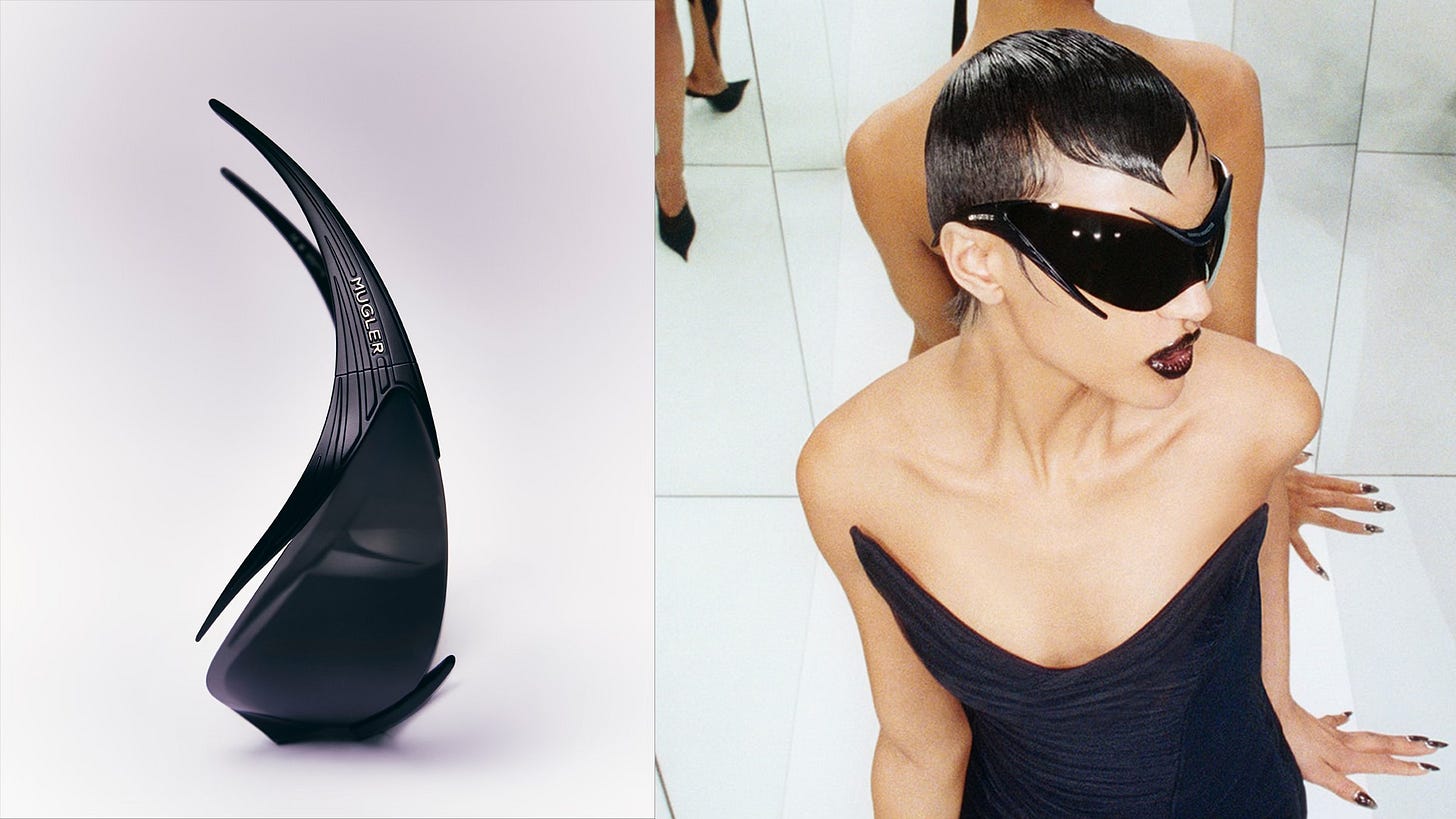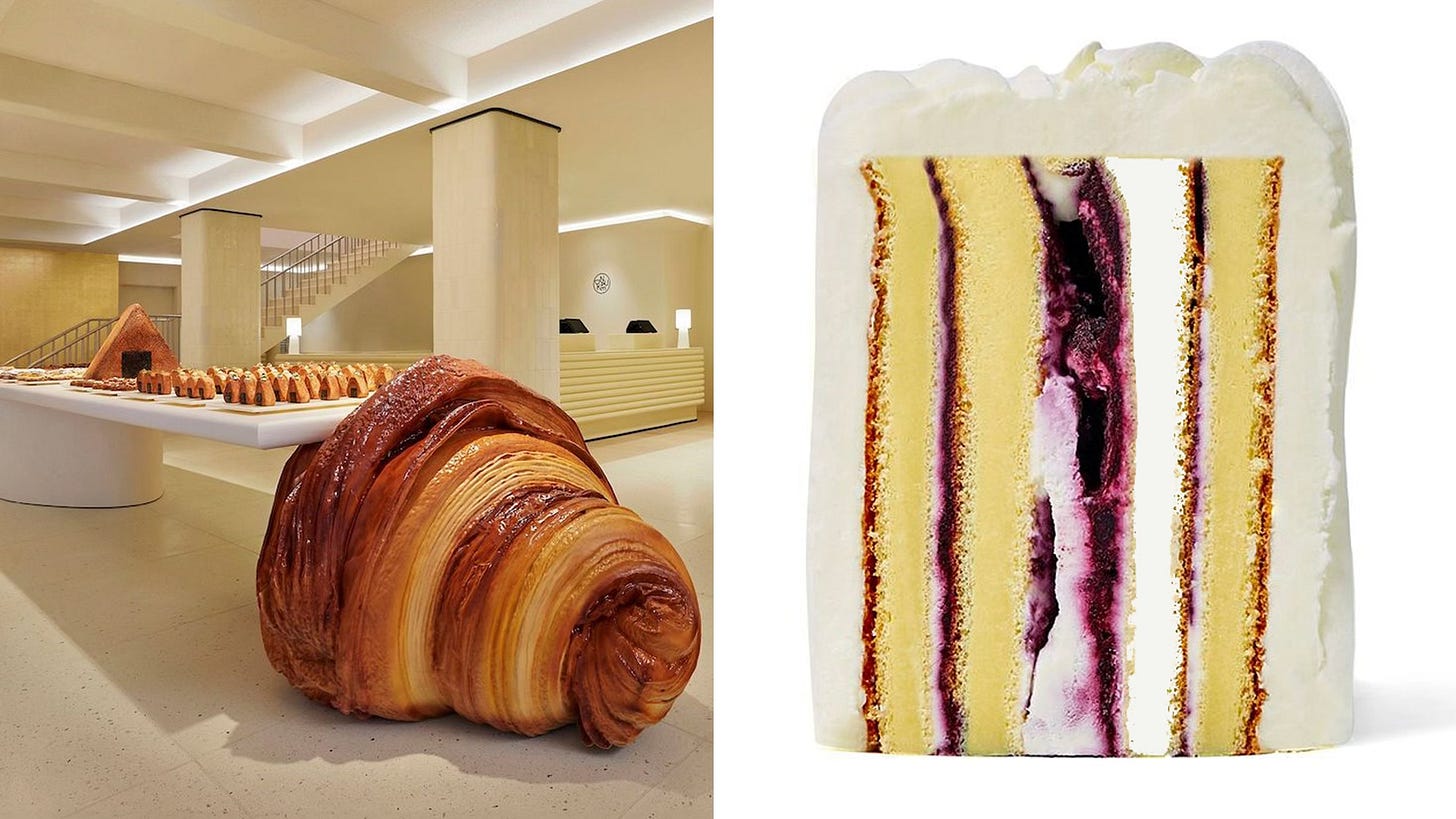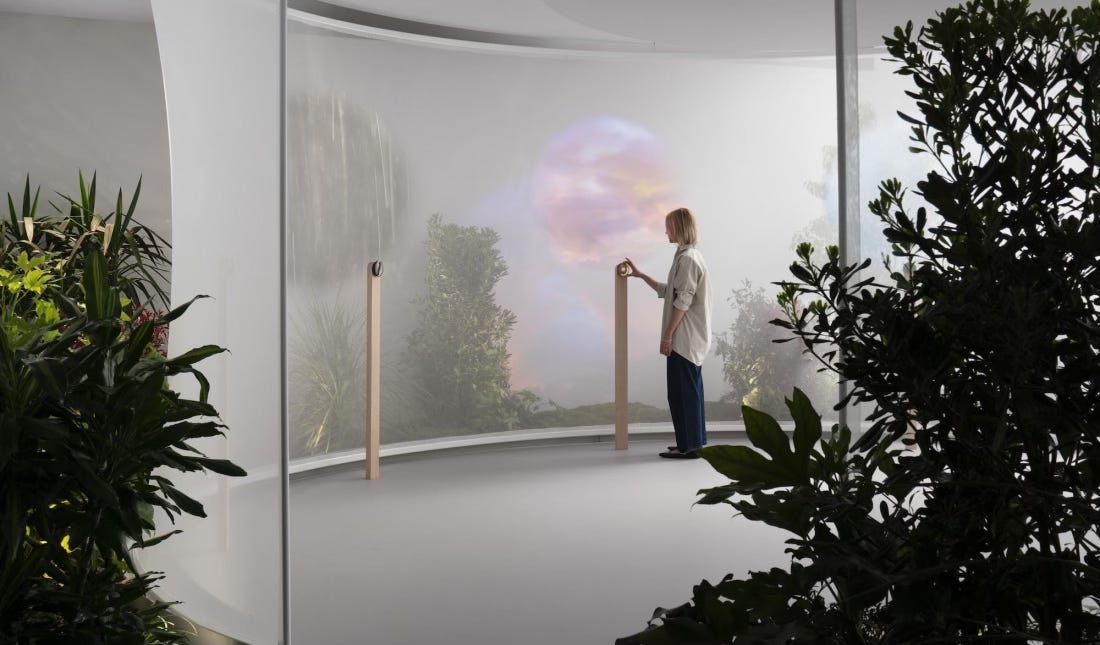Google’s $100 Million Bet on Gentle Monster: When Tech Follows Taste
By partnering with a brand that treats eyewear as sculpture and storefronts as immersive theatre, culture leads the next wave of AI wearables and smart glasses.

The future of smart glasses is shifting from technical specs to cultural spectacle. With its $100 million investment and 4% stake in Gentle Monster, Google is stepping onto a new stage where technology meets desire and hardware becomes art. It marks a strategic turn in how tech giants weave advanced devices into the fabric of everyday life and cultural expression.
The move echoes recent collaborations in the sector, like Meta's partnership with Ray-Ban, part of a long term relationship with EssilorLuxottica (including AI smart glasses with Ferrari, Coperni, Oakley, and soon Prada) marking an evolution in how wearable technology is positioned and adopted through the lens of culture and fashion.
Gentle Monster has previously teamed up with fashion powerhouses like Maison Margiela, Moncler, and Mugler, creating limited-edition eyewear that blurs the line between coveted accessory and art object.
Gentle Monster’s parent company, iiCombined, is a tastemaking force. Its portfolio spans fragrance and cosmetics (Tamburins), experiential art‑inspired desserts (Nudake), and avant-garde headwear (ATiiSSU). Each brand in the ecosystem is steeped in multi-sensory storytelling and cultural immersion, crafting experiences that go beyond sight to engage touch, taste, and smell.
As I wrote in my book, “Augmented Human” (available in 5 languages worldwide), engaging the human senses beyond the visual will play a defining role in this next wave of immersive and emerging technologies like AI and XR. There’s a chapter dedicated to each sense exploring the possibilities.
This new partnership between Google and Gentle Monster (and ultimately iiCombined) opens a unique path for Google to expand the definition of wearable tech and stake a claim in the cultural vanguard. Imagine smart headwear that integrates audio, jewelry that tracks health and offers haptic feedback, and evolving the future of retail as theatre powered by sensorial tech. By tapping into iiCombined’s world, Google could build a suite of lifestyle technologies that engage all of the senses with technology serving as a seamless extension of personal identity and daily ritual.
Google’s installations at Milan Design Week have consistently embraced this vision, blending cutting-edge tech with sensorial and artistic expression. They invite audiences to feel design—not only to see it—making abstract concepts like emotion, color, and the invisible layers of technology tangible and deeply memorable.
In Google’s 2025 installation "Making the Invisible Visible," created with artist Lachlan Turczan, visitors moved through immersive environments sculpted from light and mist, where interacting with luminous veils allowed them to feel and manipulate light in a space that merged the tangible and intangible. The 2024 installation "Making Sense of Color," developed with Chromasonic, immersed guests in a maze of colored light and sound, simulating synesthesia by pairing each color with a corresponding sound frequency and incorporating elements of touch, smell, and even taste. In 2019's "A Space for Being," participants wore biosensors as they moved through rooms designed with varying scents, textures, lighting, and music, measuring their physiological responses to sight, touch, smell, and hearing, and revealing how design choices impact well-being. Together, these projects point to Google’s evolving commitment to transforming abstract concepts into tangible, multi-sensory journeys that deeply engage perception and emotion.
Now, with the rise of AI smart glasses, we’re reaching through the looking glass again into a new dimensionality of wearable tech. And, as I said in my main stage keynote at AWE (the world’s largest XR and AI event), which coincidentally followed Google’s presentation on Android XR, we’re going to look REALLY GOOD doing it. These are cultural, fashionable moments.
While at AWE, where it felt like a massive family reunion, I had the chance to try Google’s new lightweight Android XR powered smart glasses as well as the Project Moohan XR headset in a private session. As a long time fan of Gentle Monster, this is a brilliant move. It’s a collaboration I truly cannot wait for.
But technology only goes so far. Emotional resonance matters more.
This partnership is a turning point. Wearables are stepping into fashion’s orbit and brands that succeed will be the ones that understand how these devices make you feel, beyond their function. No longer nerdy prototypes in the lab, these are now cultural objects of desire. They’re intimate companions, shaping how we present ourselves, how we connect, and how we move in the world. This signals a future where technology adapts to the emotional nuance of being human, not the other way around. And yes, it will seduce.











